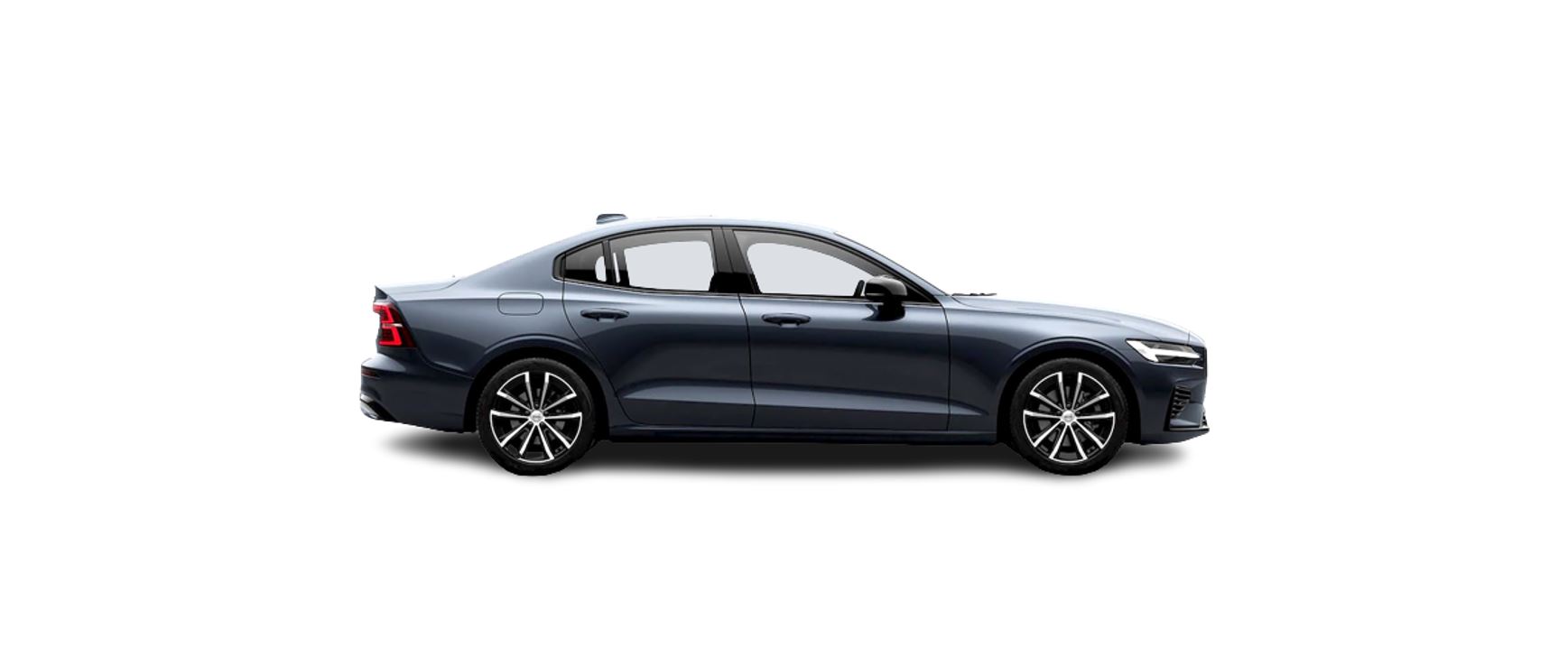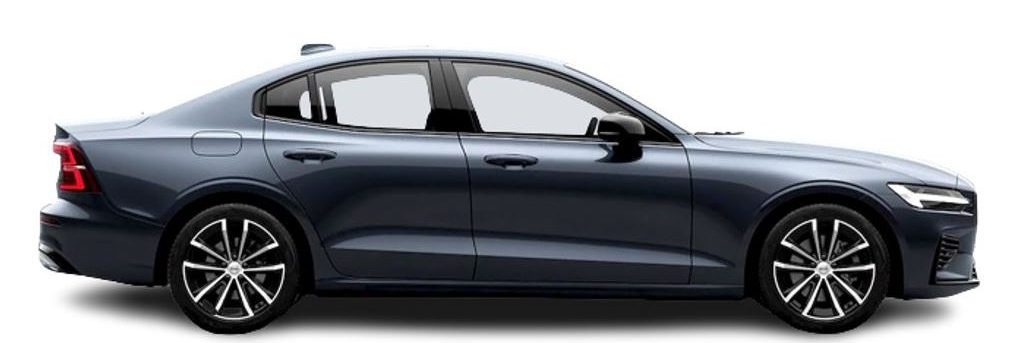- use steering assistance to reduce the risk of accidentally leaving the lane or colliding with another vehicle
- maintain a set speed
- maintain a certain time interval to the vehicle ahead
- prevent a collision by giving a warning to the driver and braking the car
- parking.
Some of the systems are fitted as standard while others are options – which alternative applies is market dependent. Some of the systems have improved functionality when Google Maps is used.
The driver support systems are only supplementary aids – they cannot handle all situations in all conditions. The driver always bears responsibility that the vehicle is driven safely and that applicable road traffic rules and regulations are followed.
Warnings from various driver support systems
If you notice that the car acts in an unexpected way then this may be due to one of the car’s safety-related functions being activated.
There are several functions in your car that can contribute actively to increasing safety in traffic, both for yourself and other road users. You have the option of viewing a list of some of the functions and what they may do – the aim of this is to ensure you are not surprised by the activation of any of the functions. If a function should be activated, you can also be informed of this via a text message in the driver display.
The driver support functions in your car can alert you in different ways. For example, with vibration in the steering wheel, brake pulse, with visual or acoustic signals or via symbols in the driver display. Alerts can also be shown in the head-up display (Option/accessory).
Assistance at risk of collision (Collision Avoidance) can assist the driver to avoid or mitigate a collision with a warning, automatic braking and steering assistance. Your experience of the function may therefore differ depending on which subfunction is activated. Assistance at risk of collision can perform the following steps if necessary:
- Collision warning
- Assisted braking
- Automatic braking
- Steering assistance
Lane assistance can help you to reduce the risk of the car unintentionally leaving its own lane.
- Steering assistance: If the function detects that the car is approaching a lane line, you will feel a gentle steering action applied to the steering wheel. You must have both hands on the steering wheel for the function to work.
- Warning: If the function detects that the car is approaching a lane line, you will be alerted by vibration in the steering wheel.
- Both: You are alerted with vibration and a gentle steering action is applied to the steering wheel.
Rear Collision Warning (RCW) (Option/accessory)Rear Collision Warning is a system that can help you avoid being hit by a vehicle approaching from behind. If the system detects a risk of rear-end collision, it can give a warning and take the following action, depending on the conditions.
- Intensive flashing with the direction indicators.
- At low speeds the function can tension the seatbelts by activating the seatbelt tensioners, and also activate the Whiplash Protection System.
- If the car is stationary, the foot brake can be activated.
Blind Spot Information (BLIS)BLIS is designed to give a warning of rapidly approaching vehicles as well as vehicles diagonally behind and to the side of your vehicle so as to give you assistance in heavy traffic on roads with several lanes in the same direction.




